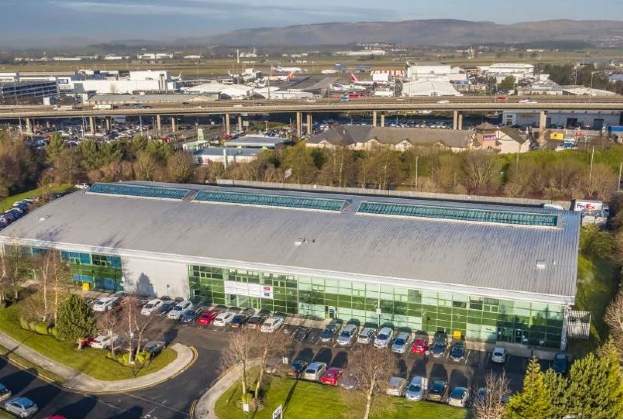As a result of Covid-19, supply chains are now grappling with a new normal. As the dust starts to settle many commentators have been speculating about what supply chains may look like in the future, and in turn what this might mean for the amount of warehouse space needed.
It’s easy to consider this good news: that more nearshoring requires more warehouse space – but the reality is much more nuanced and any property impact will take many years to realise.
Firstly, there is likely to be an increase in short-term, and possibly long-term levels of stockholding, which will increase demand for space. Fashion retailers, for example, may not be able to sell some of their spring/summer 2020 product via their now limited sales channels so will need short-term space. We may also see the stockpiling of goods that have seen high demand during this period in expectation of future disruption.
However, in the longer term, businesses will be reviewing their continuity plans focusing on supply chain resilience and considering whether a single warehouse serving their customer base is too risky compared with a multiple stockholding solution.
For grocers, there’s been a step change in home delivery with a 12 per cent uplift year on year recorded during the first few weeks of the pandemic. This could see a change in home delivery pricing: now that more people see its value, retailers could seize the opportunity to introduce charging, no longer making a loss on home delivery operations.
The potential real estate impacts will be far reaching if grocers decide to emulate a fulfilment centre model similar to the likes of Ocado. Yet we anticipate that retailers will instead look to increase in-store picking to cope with additional demand. It’s also likely that some of the grocers will look to implement in-store automation. This would also be a way to use underutilised retail space.
The impact of Covid -19 has also highlighted the issue of labour availability and with Brexit also on the horizon businesses will be considering how they mitigate this risk in the future. As such, we expect to see an increase in the roll out of automation solutions.
However, power availability was already a limiting factor, so should an increase in automation occur then this will become a critical driver for occupier requirements. Building design will also be impacted as occupiers look to utilise the cube in a much more efficient way, which will have a knock-on effect on specification.
Nearshoring has also come back into focus and we could see manufacturing bought closer to home to reduce the impact of future global disruption. A manufacturer could be holding up to eight weeks’ worth of inventory sourced from around the world. This could be lowered to around two weeks if the product was sourced locally. While the manufacturer would need less warehouse space to store that inventory, conversely their suppliers may need more space as they are being asked to hold product that they weren’t previously.
It’s clear that the dynamics in this new normal are changing rapidly and it’s hard to call exactly where things will land. But there’s no doubt Covid-19 will have a lasting impact on the overall infrastructure of our supply chain operations for decades to come.
Further information
Read more: Spotlight: Savills Big Shed Briefing
.jpg)
.jpg)

.jpg)

.jpg)

.jpg)


